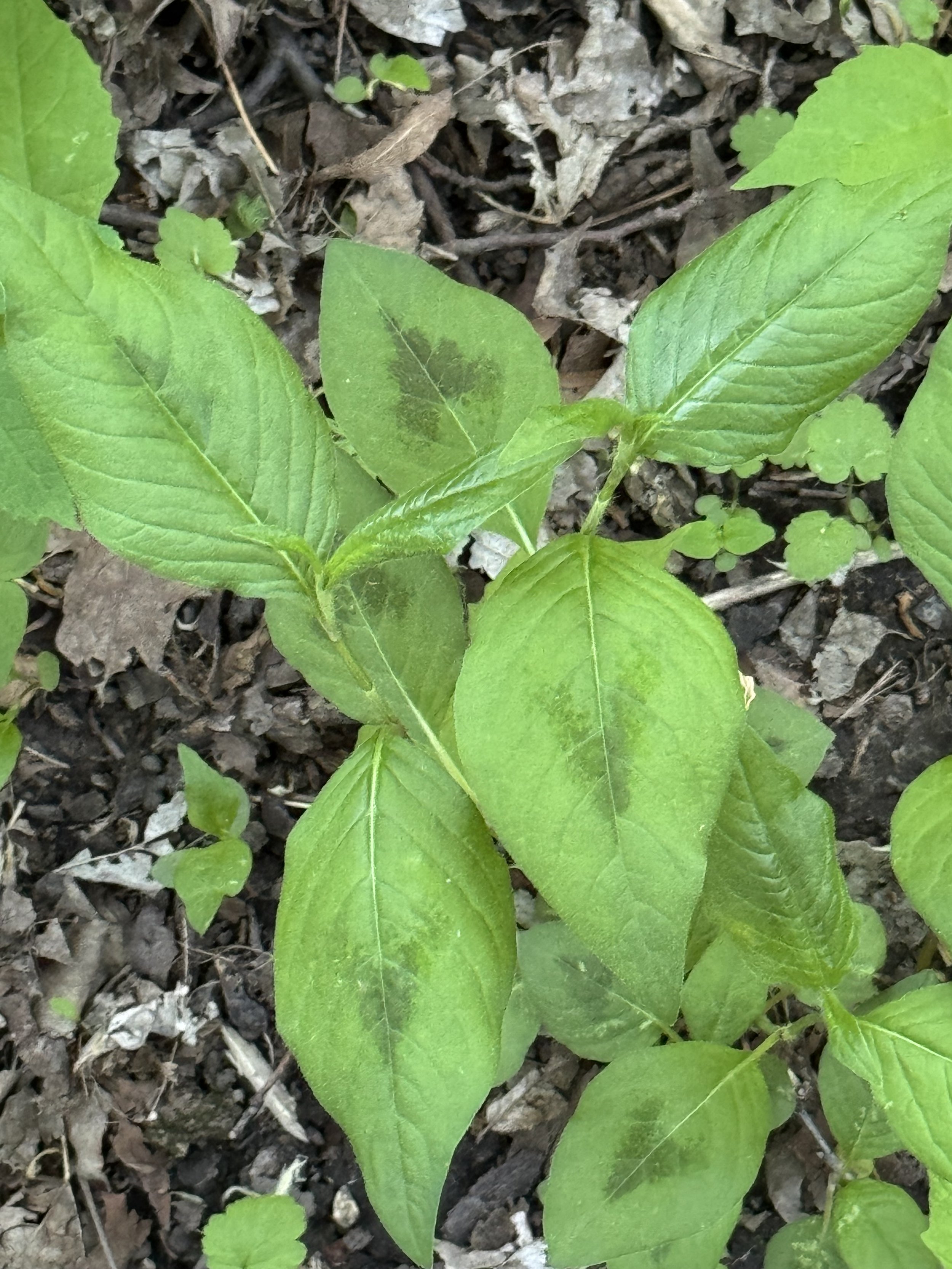Naturally
The feather report was for a 99% chance of grackles. They nailed it.
It’s nearly impossible to describe a Baltimore oriole male without using the word “orange.”
French fry gulls flew toward a fast-food restaurant.
I watched a robin picking worms, paring its world to its essence. Northern house wrens brought hustle and bustle to the yard. These joyful enhancements to the local avian diversity might be smaller than their names. I’m amazed by what the world holds.
I walked at Myre-Big Island State Park with a friend from Grand Junction, Colorado, and looked at spring ephemerals, tiny flowers that emerge in early spring and disappear when the tree canopies fill with leaves. Hope in bloom.
It’s sprinter—part spring and part winter. Ramps and goslings were commonplace. Canada geese engaged in several debates simultaneously.
The night before, weather advisements had warned of a tornado. A wind that searches for weaknesses it can push around. The annual number of tornadoes in each state based on the years from 2003 to 2022 showed that the two states with the most tornadoes are Texas with 124, and Kansas with 87. Oklahoma averaged 66, Mississippi 64, Alabama 63, Illinois 57, Iowa 53, Missouri 53, Florida 46 and Minnesota 46.
I watched trumpeter swans in a black farm field, sticking out like a freshly painted white line on a dark highway. Many bird species have a brood patch—a vascularized patch on their breast where they’d plucked the feathers to provide warm skin to apply to the eggs. Swans don’t have a brood patch. Trumpeters incubate eggs with their webbed feet.
Q&A
“What is castoreum?” Beavers secrete a thick, brownish goo that has been described as smelling like musky vanilla. It’s called castoreum. It’s a chemical compound found in the beaver’s castor sacs located under their tails. Romans burned it to light lamps. It was used to add a sweet scent to perfume.
Vicki Lauruhn asked about the anting behavior of birds. A number of species exhibit this behavior. I see it in blue jays and grackles. A common belief is that anting controls parasites, such as biting lice and feather mites, which live in a bird’s plumage. Another theory is that, during anting, the ants rid themselves of the formic acid, allowing the birds to eat them without harm. The parasite removal makes sense to me because I’ve seen birds performing the same actions with cigarette filters and mothballs.
“I went on a field trip to see and hear the American woodcocks dance near Byron with you one year. What were the nicknames you said those odd little birds had?” The males of this shorebird species utter a distinctive one-note nasally peent before fluttering high into the air and circling repeatedly, the rushing air passing over their wings producing winnowing whistles. Then they descend back to the ground like a falling leaf, hoping to attract a female. They toss in a comical rocking motion in a funky walk. Their nicknames include timberdoodle, bog snipe, brush snipe, Labrador twister, night partridge, big-eye, bogsucker, swamp bat, hokumpoke, mudsnipe, sky dancer, timber ghost and fiddle squeak. I’ve heard it called a little russet feller and a pop-eyed shot dodger.
“How much can an eagle carry?” While there is a notable size difference between male and female eagles, most bald and golden eagles weigh between 8-15 pounds and can carry about 1/3 of their weight and still fly.
“Why do phoebes wag their tails?” California research tested possible reasons: balance, territorial aggression, foraging and predators. It concluded that tail pumping is a signal meant to send a message to the predator that the phoebe has spotted it and isn’t worth pursuing.
“Do ring-necked ducks nest in Minnesota?” Yes, Minnesota’s Breeding Bird Atlas found them to be the fifth most common nesting duck, behind the mallard, wood duck, blue-winged teal and hooded merganser. The vast majority of nests were in the northern forested counties, stretching from Cook County in the northeast, west to Itasca, Beltrami, Clearwater and Becker Counties. Its chestnut collar, which is difficult to discern gives the duck its name. It’s also called a ringbill because of the white ring at the end of its bill.
“Do mergansers lay eggs in a wood duck’s nest?” Yes, both hooded mergansers and wood ducks are known to lay eggs in each other's nests. They don’t put all their eggs in one basket. This behavior is typically called brood parasitism. A study revealed that hooded merganser eggs experience higher success when laid in wood duck nests, whereas wood duck eggs experience lower success when laid in hooded merganser nests. Egg dumping is likely to occur when nests are in close proximity to one another.
Thanks for stopping by
“To pay attention, this is our endless and proper work.”—Mary Oliver.
The forest is for rest.
Do good.
©Al Batt 2025
Seeing a cardinal is a glorious thing in itself, but people interpret its presence as a sign of hope, joy, good luck, positivity, or a message of comfort from a late loved one. Others believe it signifies divine intervention or a blessing. Yet others see it as a symbol of strength, vitality, resilience, or new beginnings during challenging times. I’ve heard it said, “Cardinals appear when angels are near.” Photo by Al Batt.
Mayapple photo by Al Batt
Mayapple photo by Al Batt
Jumpseed photo by Al Batt.
Jumpseed photo by Al Batt
False rue anemone photo by Al Batt.
Jack-in-the-pulpit photo by Al Batt.
The name “Jack-in-the-pulpit” comes from its resemblance to a preacher in a pulpit. The hooded spathe is the pulpit and the spadix (a fleshy, spike-like growth) is Jack. Photo by Al Batt.
Wild phlox has five petals, while the bright and fragrant purple, pink, lavender or white flowers of the invasive dame’s rocket have four petals. Photo by Al Batt.







